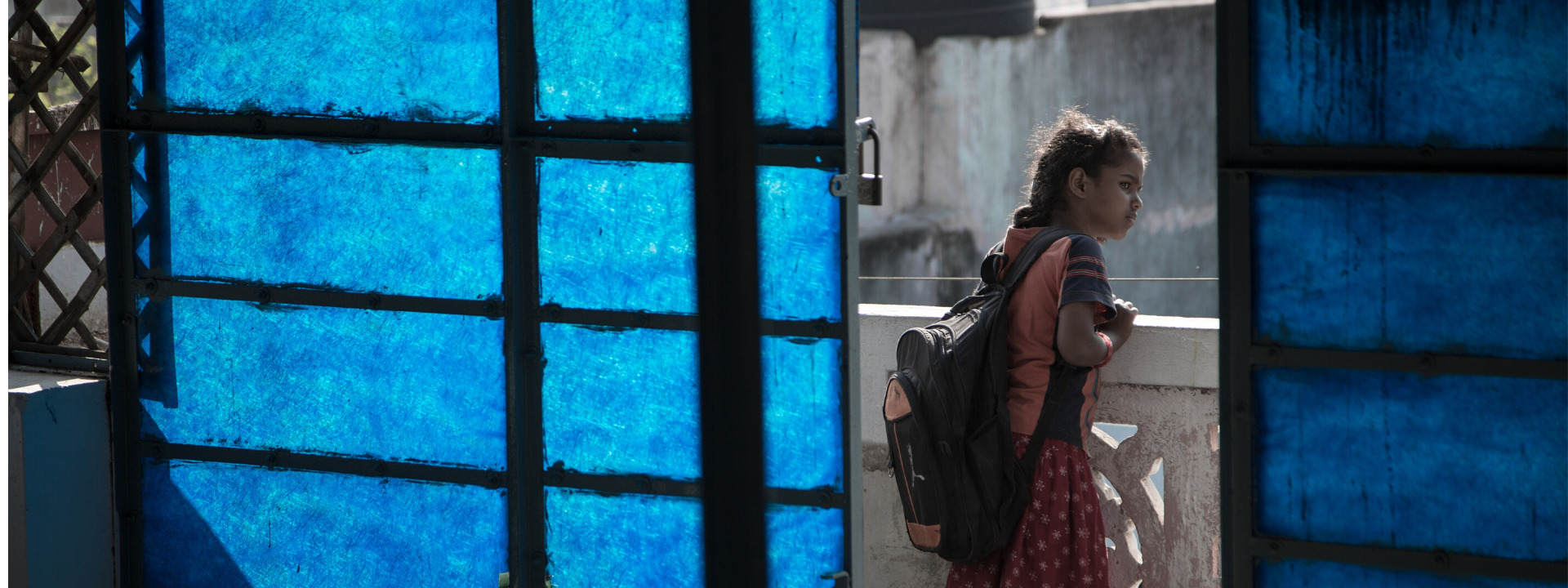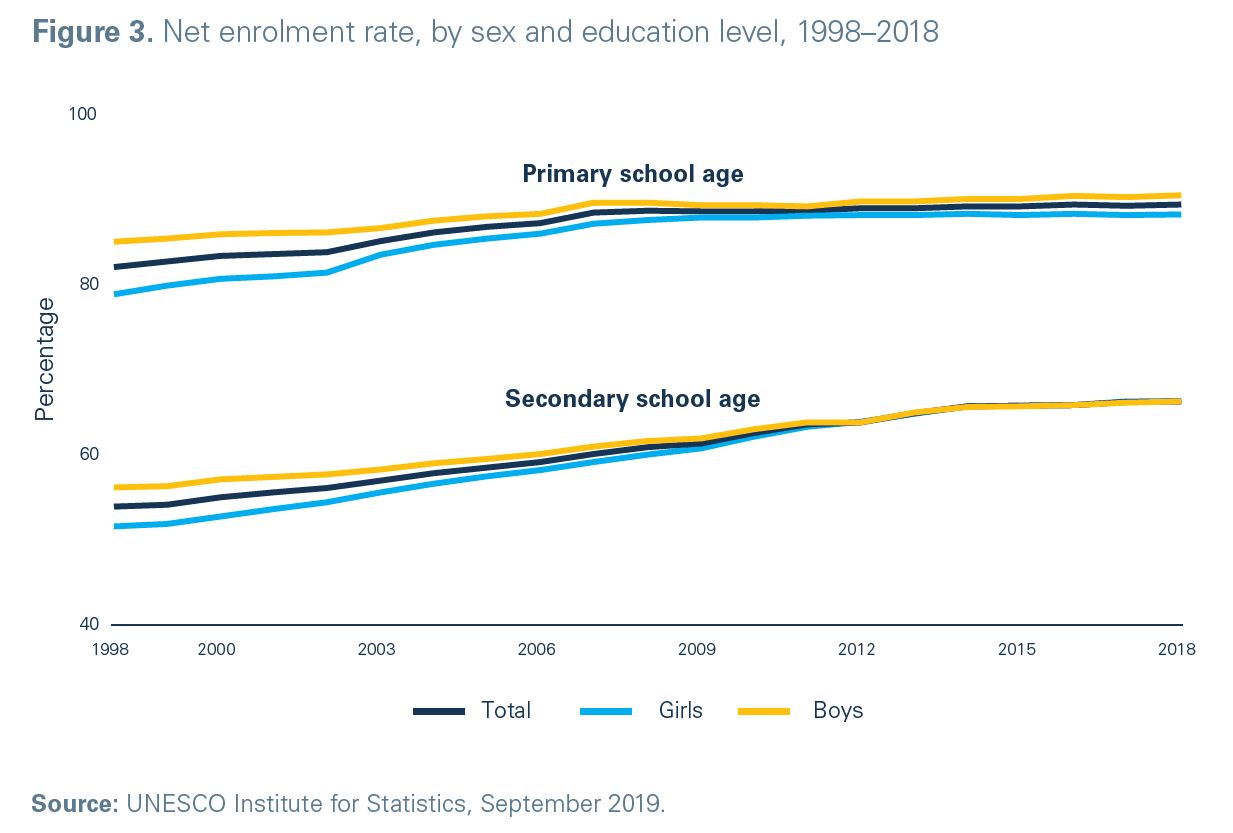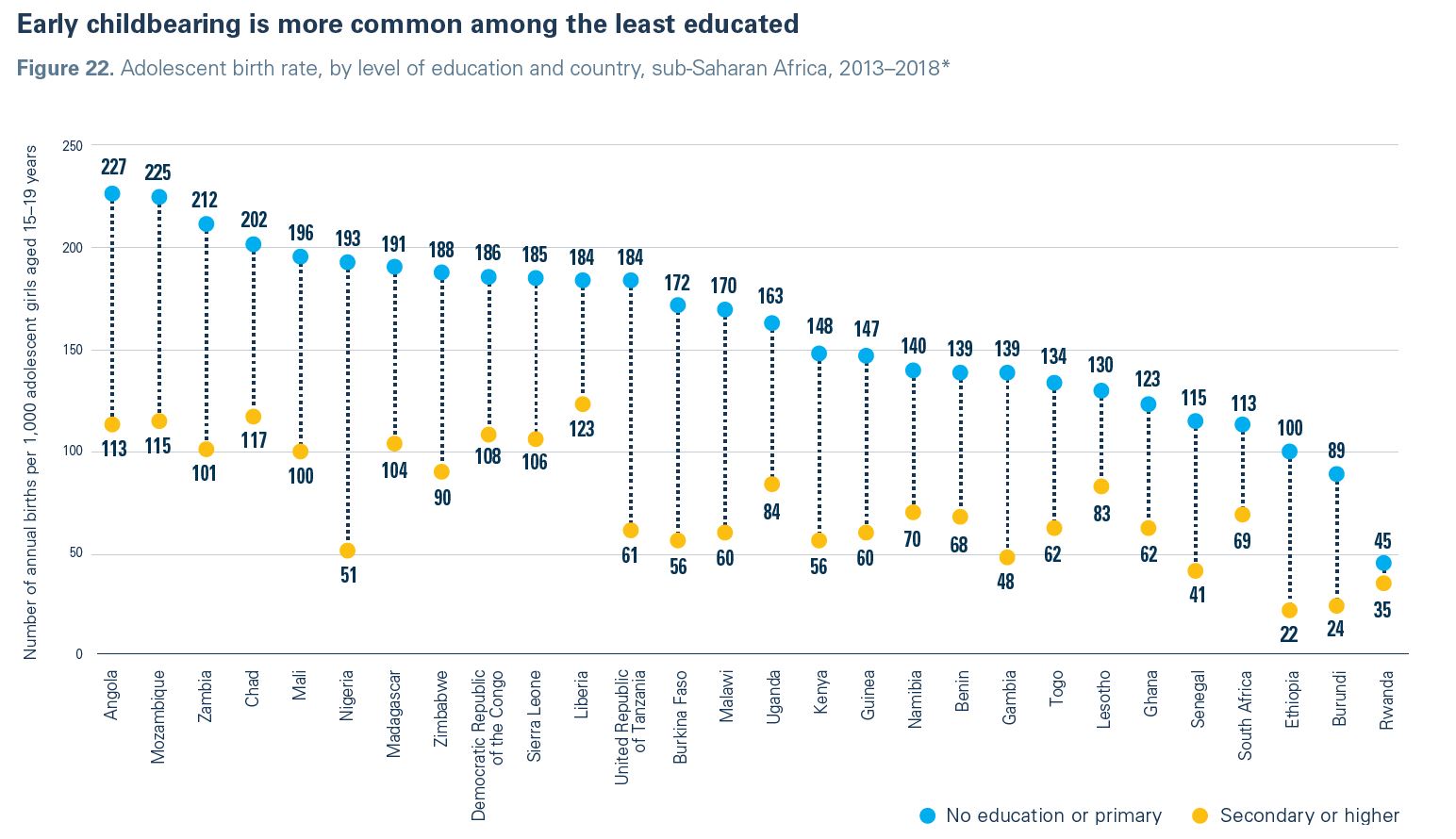
UN report: World still largely hostile to girls
Despite some progress over the past 25 years, girls under age 18 around the world continue to face unacceptable discrimination and violence driven by deeply entrenched gender inequality, according to a new report.

The report, A New Era For Girls: Taking stock of 25 years of progress, was launched by UNICEF, Plan International and UN Women to mark the 25th anniversary of the Beijing Declaration and Platform for Action, a comprehensive policy agenda for gender equality.
While some important progress has been achieved, mostly in terms of improving girls’ access to education, the Beijing vision of ending discrimination against women and girls is far from becoming reality. The 1.1 billion female children and teens alive today are still disproportionally affected by early marriage, lack of opportunities, violence, HIV and other health issues.
Education
The number of girls out of school worldwide decreased by 79 million since 1998, while the gender gap has narrowed for primary school enrolment and closed for secondary school. However, only two out of five girls complete secondary school and in sub-Saharan Africa, the number of girls out of secondary school has increased by 7 million due to rapid population growth in the region. Globally, girls still make up the majority of illiterate youth and one in four girls aged 15-19 is neither employed nor in education or training compared to only 1 in 10 boys of the same age.

Child marriage and early pregnancy
Since 1995, the proportion of young women married as children declined globally from one in four to approximately one in five today. What the report does not mention is that the absolute number of girls who experience child marriage has actually increased due to population growth. To meet the Sustainable Development Goals target of ending child marriage by 2030, progress needs to be at least 12 times faster than it is now.
Early pregnancy and associated complications (see ‘Health’ below) are common consequences of early marriage. Over the past 25 years, the adolescent birth rate has declined from 60 to 44 births per 1,000 girls worldwide (but as with child marriage, the total number of affected girls has increased). In East Asia and the Pacific, progress has actually been reversed, with a slight increase in the rate of adolescent childbearing. While sub-Saharan Africa has seen improvement, it remains the region with the highest rate of adolescent births, still standing at 103 births per 1,000 girls.
As found in other studies, there was a clear correlation between early child bearing and lack of educational opportunities. In all sub-Saharan African countries with available data, adolescent maternity was highest among girls with no education or only primary-level education.

Violence
A shocking thirteen million girls (or one in every 20) aged 15-19 years have experienced forced sex in their lifetimes. In addition, fewer than 10% of survivors seek professional help due to fear of retaliation, shame and lack of support.
In countries that practice female genital mutilation (FGM), one in three adolescent girls are still cut today. Despite a globally decreasing rate and growing opposition, the total number of FGM victims has also increased due to population increase.
Demonstrating how deep-rooted, harmful social norms drive inequity, the report found that almost half of adolescent girls in South Asia, the Middle East, North Africa, and sub-Saharan Africa think a husband is justified in beating his wife under certain circumstances, and globally, adolescent girls are as likely to justify wife-beating as boys.
Some gender-based violence commences even before birth – several countries, including China, Azerbaijan, Viet Nam, Armenia and India, still have skewed birth rates due to sex-selective abortion.
Health
Maternal conditions, including haemorrhage, sepsis and obstructed labour, are the leading cause of death among girls aged 15-19.
The HIV crisis disproportionately affects women, with three in four new infections among adolescents occurring in girls. Globally, the number of girls aged 10-19 living with HIV has increased from 740,000 in 1995 to 970,000 today. The gender skew is worst in sub-Saharan Africa, where only a third of teenage girls with multiple partners use condoms.
In positive news, the proportion of adolescent girls whose needs for family planning were satisfied by modern methods rose from 36% to 60% over the past 25 years (but the unmet need for modern contraception among women is expected to remain high over the next decade).
Solutions
The authors call for three main solutions: actively engaging girls in political decision-making, greater investment in advancing girls’ rights and opportunities (only a small fraction of overseas development aid is spent on gender issues), and increased investment in the production and analysis of quality gender data to drive informed policies.
Importantly, the report points out that
“Adolescent girls’ challenges and the solutions to them must be addressed holistically, as success in each area pushes progress in another.”
Population Matters has long recognised the interconnectedness of humanity’s multiple challenges and is working towards greater international recognition of the positive, ‘no-regrets’ actions required to solve them. Empowering women and girls is a key but chronically neglected solution to our biggest crises.
